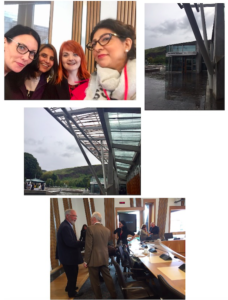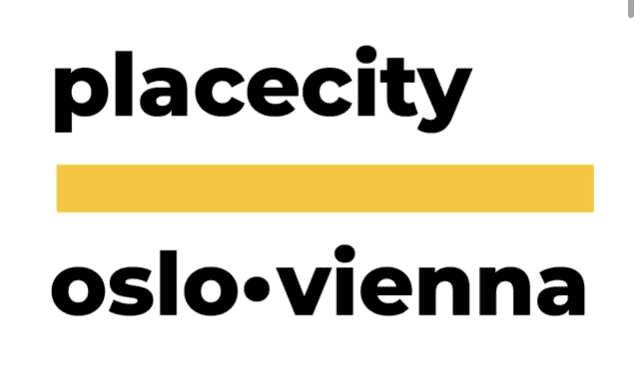We were kind enough to be invited to the Scottish Parliament in Edinburgh recently, by the Scotland Towns Partnership. A Cross-Party Group on Towns and Town Centres: ‘Inclusive Towns’ and the AGM.
There were some interesting discussions and examples from around the table from a variety of areas / districts from Scotland. The participating members were Policy and Participation Managers from SURF – Scotland’s Regeneration Forum, National Projects Managers from Scottish Empty Homes Partnership, Economic Development Officer from East Renfrewshire Council and the Chief Officer from Scotland’s Towns Partnership – Phil Prentice.
Interesting to hear the discussions of understanding what the community challenges and solutions, that were raised during the session. There is focus on ‘Community Empowerment’. Aspects of intelligently linking policy to local democracy and a greater understanding of the underlying issues. Issues such creating ‘inclusivity’ with having the much needed social cohesion, understanding the link that heritage, culture and creativity can play within communities for socio/economic purposes. Establishing and making the most of the local assets within the Towns. Scotland Towns Partnership also have a close partnership with Architecture and Design Scotland and they are within their ‘Advisory Group’.
Looking at improving ’employability’ within local areas and the link with vacancy rates of buildings with the Towns. With vacant heritage buildings located in Town Centres and what Government financial benefits can be available to encourage the much needed investment and renovations. Creating a mix of small local stores with private renovated apartments encourage Town Centre living. Creating a more attractive and appealing Town Centre being a focus to encourage professionals and families to consider for living.
How to create real hubs for businesses and creating the ‘pride of place’. Also interesting conversations on Scotland’s most improved Towns, that were initially deprived areas such as Kilmarnock and examples of Barrhead. Where a more holistic approach has been taken, with inclusivity and community engagement. Increasing the public spaces, increasing footfall, creating multi-use buildings spaces for both entrepreneurs, youth and sports facilities.
Looking at intergenerational spaces, for old and young to work together. Giving people an ’emotional’ connection with the spaces, also being important. As well as, the health and well-being aspect of communities being paramount, reducing the health inequalities within areas by promoting physical activity.
Excellent examples were giving of creating a ‘Brighter and Busy Community’ as described for Barrhead. Successful regeneration programs of retail, sports, youths facilities within one roof, creating a connection with the community. Most importantly through citizen engagement workshops, which were vital.
Overall, an insightful experience listening to the challenges of opportunities that National and local Governments have working together with the citizens, to create and regenerate areas of deprivation and revitalise local communities.
We look forward to further developing our relationship with Scotland Towns Partnership, to share and exchange ideas and how we can better design our communities at a local level.
Conclusions by BIDs Belgium :
Some key findings for BIDs Belgium is the emphasis of the shared common vision, which has to be with all stakeholders around the table, private, public and civic organisation together with some researchers and educational institutions, creates the inclusive ‘360 degree’ quadruple helix insights. Creating an open dialogue, transparency and perhaps some participatory budgeting, can further enhance the trust and community empowerment within our Communities and Towns.
written by Rozina Spinnoy – BIDs Belgium






